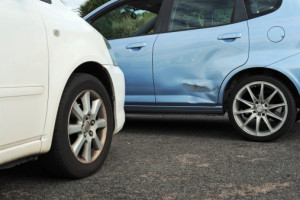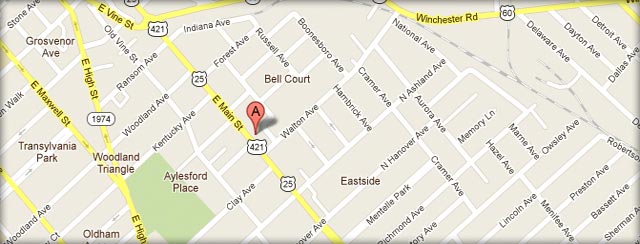- ATV accidents
- Brain Injuries
- Bus Accident
- Car Accidents
- Construction Accident
- Distracted Driving
- Drugged Driving Accident
- DUI
- Firm News
- Mass Tort
- Medical Malpractice
- Motorcycle Accidents
- Pedestrian Accidents
- Personal Injury
- Product Liability
- Safety
- Social Security Disability
- Truck Accidents
- Vehicle Accidents
- Workers Compensation
- Workplace Injuries

The future prospect of roads filled with self-driving cars still seems hard to grasp. No doubt the idea of horseless carriages seemed farfetched to people accustomed to riding horses! A recent article in USA Today said there will be more than 11 million self driving vehicles sold each year within 20 years and more than 50 million on the roads. It’s no longer a question of whether self-driving cars will be inMotor vehicle accident lawyertroduced, but rather how quickly and how many, according to the article.
Google is already testing its autonomous vehicle on roads in California, with hopes to have it on the market within five years. Toyota and Audi have unveiled self-driving technologies that show glimpses of the future. However, building the high tech car is not the only place where transportation innovations are coming. Researchers at Carnegie Mellon University say that they have developed a fully functional virtual traffic light.
Sound futuristic? Instead of drivers looking at actual stoplights on the roads, vehicles with virtual traffic lights instead look at their windshields. When approaching an intersection, they will be able to see red and green arrows on a display indicating which directions are okay to go. Then, in a round robin fashion, the light pattern changes. Researchers say a virtual traffic light could reduce road congestion and cut commute times by 40 percent.
The virtual traffic light works by relying on vehicle-to-vehicle (V2V) communication, which U.S. regulators hope will become standard among the connected vehicles that are currently being designed. With vehicle to vehicle communication, cars and trucks would be able to communicate traffic information to other vehicles on the road earlier than when drivers can detect them. That would give motorists more time to respond when emergencies arise.
There is an important obstacle that complicates matters for developers of the virtual traffic light. Using V2V to notify drivers of road problems is easier to implement than the virtual traffic light because its widespread use would require huge changes to road infrastructure.
The federal government would have to mandate that V2V become standard in all vehicles and local governments would have to change how every single stoplight works. Older cars would need some sort of device to upgrade their vehicles until all cars without V2V are phased out – a challenging proposition indeed.
It may be difficult to wrap your mind around all of the changes that auto manufacturers are promising for the future. A recent University of Michigan study examined public opinion about the idea of an autonomous car that drives itself without a steering wheel. While most respondents were supportive of advanced vehicle technology, the majority of those surveyed also were nervous about giving full control to a car. Similarly, the public would have to trust that the virtual traffic light could work better, or at least as well, as conventional traffic lights.
For the time being, it’s good to simply learn about the intelligent cars that are being produced and sold with more safety options. Not all of them are as high tech as the virtual traffic light. Tools such as rearview cameras and sensors that can warn drivers of car and pedestrians in their blind spots, can have great success at preventing accidents and the National Highway Traffic Safety Administration stands behind V2V as technology that could prevent hundreds of thousands of crashes every year.
Until such technologies are in place and everyone is riding in self-driving cars, there will still be unsafe drivers who cause serious accidents by speeding, driving distracted, and driving while intoxicated. If you have been injured in a traffic accident caused by another driver in Kentucky, it’s a good idea to talk to a vehicle accidents lawyer about your legal options before signing anything presented by the other driver’s insurance company. The insurance company for the at-fault driver will have lawyers advising them and you should too!

